Basic Needs, Then Belonging
Reflection Blogging – Module 5, Hyperlinked Communities
Libraries are a hub of human connection. As one of many “third spaces” in our patrons’ lives, we must consider those we are serving and why they come through our doors. I see it in action every day in the high school library: our regulars come and go in the morning, at break, and at lunch. Each day, nearly every chair is full – and on rainy days, it’s standing room only! The thing is – the vast majority of our daily visitors are not there for the literature or technology. They visit the library because it is safe, happy, and welcoming. We have comfortable seating, microwaves, kettles, and tea. While my clientele may only be teens – what a clientele they are! They have many needs, usually the least of which are books.
This rings true for society as a whole; our basic needs must be met before we can even lean into knowledge acquisition and critical thinking. As I encountered the readings and exploratory materials in Module 5, I kept thinking about Maslow’s Hierarchy of Needs – and BOOM, there it appeared in Christian Lauersen’s “Do you want to dance? Inclusion and belonging in libraries and beyond.” See the diagram below:
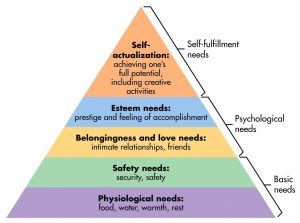
Maslow’s Hierarchy of Needs (1943)
Humans typically – but not always – have their basic needs met prior to entering the library. For those that do not, there are programs that exist to support basic needs. In her TedTalk “How Libraries Change Lives,” Ciara Eastall explains how a library offered a clothing closet to clothe the poor and houseless (among many other projects mentioned in the video!). (In the Module 5 lecture, Professor Stephens also referenced a similar Michigan Library program – the “Community Closet” – which provides donated personal care products to patrons in need.) Another program in Australia offers “Libraries After Dark” to their community to combat high risk issues, like gambling – encouraging patrons to join a healthy, fun community to fill that need (Hasan, 2022). A library in rural Ghana supports maternal health through programming and SMS information (Baute, 2013). In my own library, the girls’ empowerment club that I advise (S Club – affiliated with Soroptimist International) set up a “Menstruation Station” (one of three on campus, see photos below) where students can stop by and pick up items any time at their discretion and convenience. (Even the young men have taken to picking up supplies for their significant others!!!) Providing these supplies in public and school libraries is but one example of the empathy and understanding that we extend to our community. Supporting their physiological needs says “we understand” and “we’re human, too.”
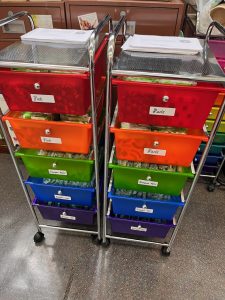
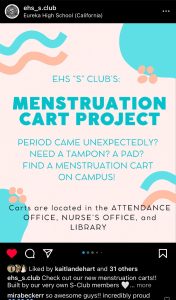
Menstruation Carts built by S Club and our S Club Instagram Post
As attested by Cory Greenwood in “Healthy Library, Healthy Life” (2022), “Libraries can play a critical role in improving some of the determinants of health.” Greenwood (2022) goes on to explain that library partnerships with community organizations can bolster these efforts by bringing in the experts to help our patrons. Librarians can’t be expected to know and do everything; we’re not doctors, psychologists, or nutritionists! However, we have the means and the community connections to bring the experts into our space and introduce them to our patrons. For many, the library might be a bridge to fulfill those basic needs – so we can move happily into the zone of belonging. (Belonging is a library topic for another day…there’s just so much to say!)
Loida Garcia-Febo, former ALA President states it neatly: our libraries “must continue to move forward to embed humanity, compassion, empathy, awareness, and understanding into our library services nationwide” (2018). No matter the style of programming, it is easy to see that libraries are invested in the health and wellness of their patrons, knowing that we are our best selves when we have our physiological needs met.
References & Inspiration
Items with a “✔” are directly referenced in my blog post; others served as inspiration and guidance!
✔ Baute, N. (2013). How a modern library keeps mothers healthy in rural Ghana.
Dixon, J. (2017) Convening Community Conversation.
✔ Eastall, C. (2019). How libraries change lives [Video]. YouTube.
https://youtu.be/Tvt-lHZBUwU?feature=shared
Garcia-Febo, L. (2018). Serving with love: Embedding equality, diversity, and inclusion in all that we do.
✔ Greenwood, C. (2022). Healthy Library, Healthy Life.
✔ Hasan, T.N. (2022). ‘Free, non-judgemental, accessible’: How your local library is a sanctuary of health and wellness.
✔ Lauersen, C. (2018). Do you want to dance? Inclusion and belonging in libraries and beyond.
Oak Park Public Library. (n.d.). IdeaBox Collections.
Schmidt, A. (2016). Asking the Right Questions.
Smith. C. (2017). Madison’s Library Takeover.
Stephens, M. (2014). “Reaching All Users” in The Heart of Librarianship, p. 41
Stephens, M. (2019) “Libraries in Balance” in Wholehearted Librarianship, p. 78
West, J. (2014). 21st century digital divide.
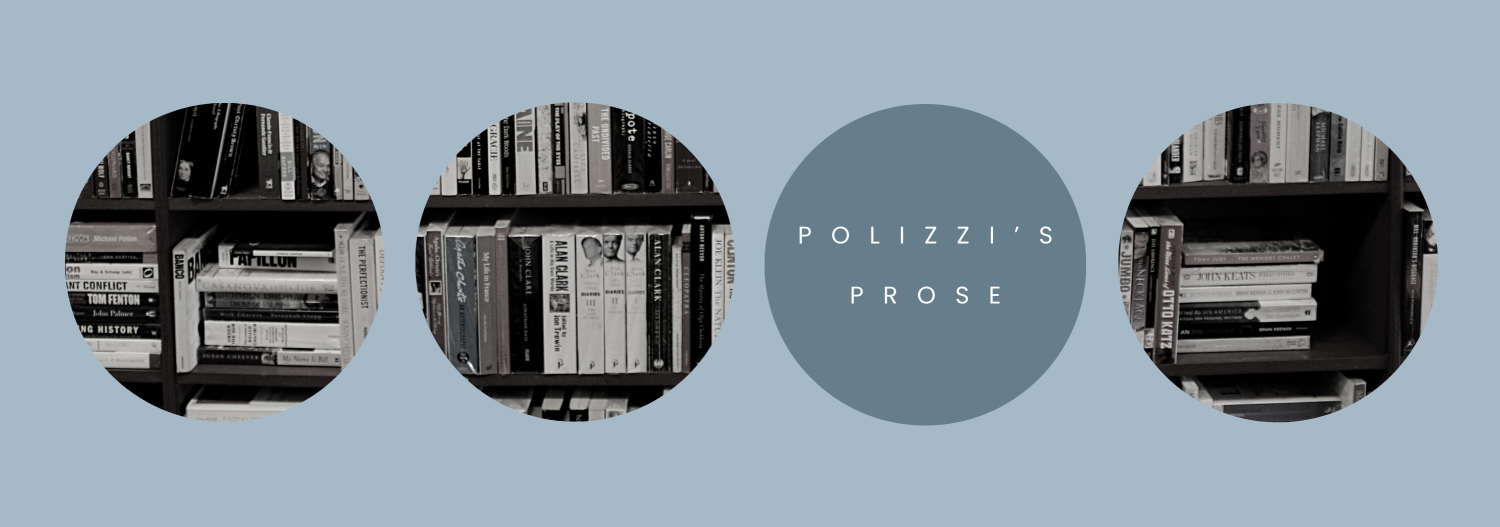

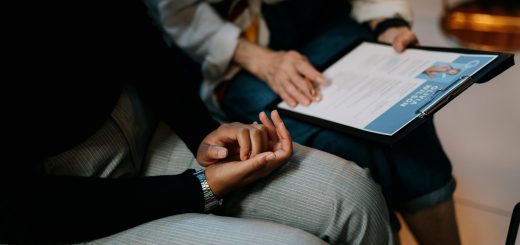
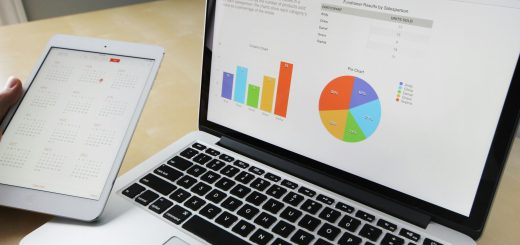
@savannahpolizzi I am all about the use of ✔! So cool.
Thanks for this thoughtful post about supporting the needs of our users. The Greenwood article is a favorite.